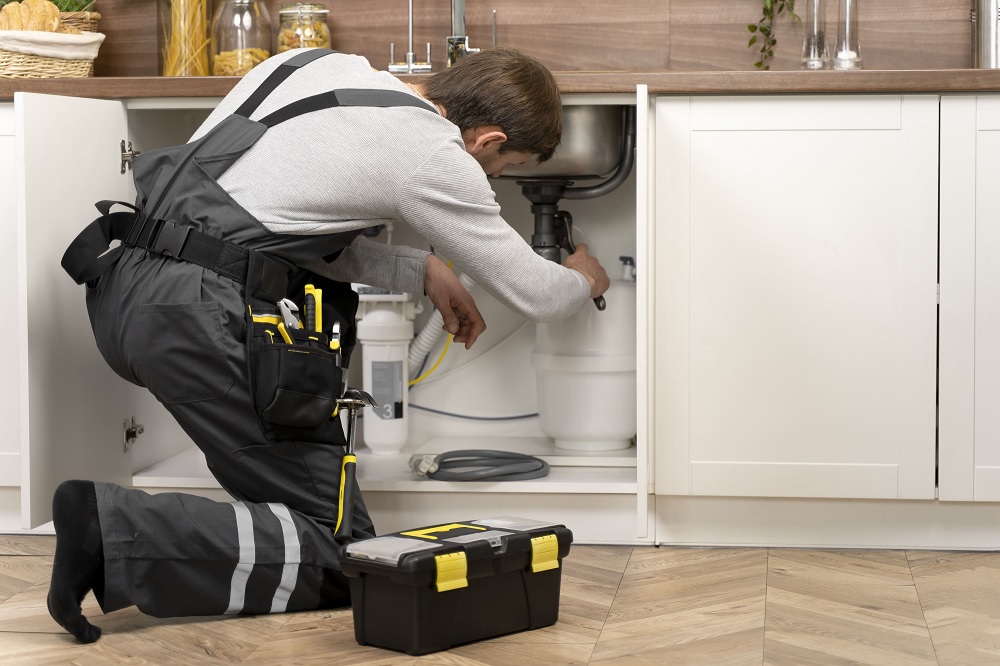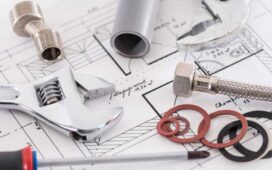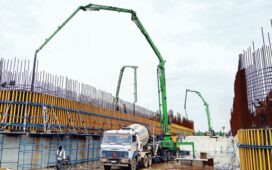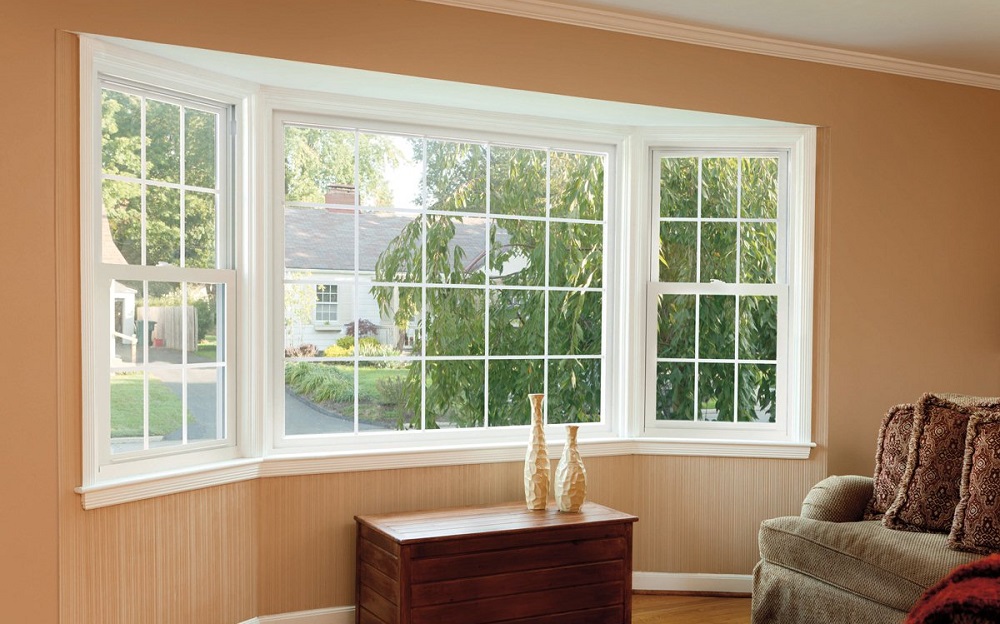Introduction
The kitchen is the heart of any home, and a well-designed kitchen not only enhances functionality but also adds style and sophistication to your space. In recent years, modular kitchen design has gained immense popularity due to its versatility, efficiency, and aesthetic appeal. A modular kitchen offers a range of benefits, from maximizing storage space to providing a seamless workflow. In this article, we will explore the world of modular kitchen design, discussing its advantages, popular layouts, innovative storage solutions, and the latest trends that can elevate your culinary experience.
- Understanding Modular Kitchen Design
Modular kitchen design refers to the use of pre-fabricated cabinets, drawers, and other components that can be easily assembled and customized to create a functional kitchen space. This approach allows for greater flexibility in design and layout, as well as efficient utilization of available space. Modular kitchens are characterized by their sleek and contemporary look, offering a perfect blend of style and functionality.
- Advantages of Modular Kitchen Design
Modular kitchen design brings several advantages to homeowners. Firstly, it offers a high level of customization, allowing you to choose from a variety of layouts, finishes, and accessories to suit your preferences and needs. Modular kitchens also provide excellent storage solutions, optimizing every inch of available space with cleverly designed cabinets, drawers, and pull-out units. Additionally, the modular approach enables easier installation and maintenance, making it a convenient option for homeowners.
- Popular Modular Kitchen Layouts
When it comes to modular kitchen layouts, there are several popular options to consider. Each layout has its own unique advantages and is suitable for different kitchen sizes and configurations.
– L-Shaped Kitchen: Optimal Efficiency
The L-shaped kitchen layout is a popular choice for its efficient use of space. It consists of countertops and cabinets arranged in an L-shape, creating an open and airy feel. This layout provides ample storage and workspace while allowing smooth movement between different kitchen zones.
– U-Shaped Kitchen: Ample Workspace
The U-shaped kitchen layout offers a practical and efficient design. It consists of cabinets and countertops arranged in a U-shape, providing abundant workspace and storage options. This layout is ideal for larger kitchens and offers easy access to all essential kitchen areas.
– Parallel Kitchen: Streamlined Flow
The parallel kitchen layout features two parallel countertops with a walkway in between. This layout is suitable for narrow spaces and ensures a smooth workflow by keeping cooking, preparation, and washing areas in close proximity. It offers an organized and efficient setup for smaller kitchens.
– Island Kitchen: Versatile and Stylish
The island kitchen layout is a modern and trendy option that incorporates a freestanding island in the center of the kitchen. This layout provides additional workspace, storage, and seating options. It serves as a focal point, adding style and functionality to the kitchen.
- Innovative Storage Solutions for Modular Kitchens
One of the key advantages of modular kitchens is their ability to maximize storage space. Innovative storage solutions help keep your kitchen organized and clutter-free. Let’s explore some popular options:
– Pull-out Pantry: Easy Accessibility
A pull-out pantry is a clever storage solution that utilizes narrow spaces effectively. It consists of vertical pull-out shelves that can store a wide range of items, such as spices, bottles, and canned goods. This solution provides easy accessibility and efficient use of space.
– Corner Carousels: Maximizing Corner Space
Corner carousels are rotating shelves that fit into corner cabinets, making efficient use of otherwise inaccessible spaces. They allow you to access items stored in the corners with ease, eliminating the need to rummage through the cabinet to find what you need.
– Tall Units: Vertical Storage
Tall units offer vertical storage solutions that maximize space in a modular kitchen. These units provide ample storage for items such as appliances, brooms, and cleaning supplies. With tall units, you can utilize the height of your kitchen and keep your countertops free from clutter.
– Drawer Dividers: Organizational Excellence
Drawer dividers are a simple yet effective way to keep your drawers organized and ensure that everything has its place. They allow you to separate utensils, cutlery, and other items, making it easier to find what you need while maintaining a neat and tidy kitchen.
- Enhancing Functionality with Modular Kitchen Accessories
In addition to smart storage solutions, modular kitchens offer a wide range of accessories that enhance functionality and convenience. These accessories are designed to streamline your kitchen tasks and make your culinary experience more efficient. Some popular modular kitchen accessories include:
- Pull-out waste bins for easy waste disposal
- Cutlery trays and organizers for efficient utensil storage
- Plate and tray racks for convenient drying and storage
- Spice racks and jar organizers for easy access to spices and condiments
- Knife blocks and holders for safe and organized knife storage
These accessories not only improve the functionality of your kitchen but also add to the overall aesthetic appeal. You can also visit decorchamp to get more modular kitchen design ideas.
Conclusion
Modular kitchen design offers a perfect combination of style, functionality, and convenience. With its versatile layouts, innovative storage solutions, and customizable options, a modular kitchen can transform your culinary space into a haven of efficiency and aesthetics. Whether you opt for an L-shaped layout, a U-shaped configuration, or a stylish island kitchen, modular design provides endless possibilities to suit your needs and personal style. So, embark on the journey of creating your dream kitchen with the versatility and charm of modular kitchen design.
FAQs (Frequently Asked Questions)
- Are modular kitchens suitable for small spaces?
Yes, modular kitchens are highly suitable for small spaces. In fact, they are an excellent choice for optimizing space utilization in compact kitchens. The modular design allows for customization based on the available area, ensuring that every inch is utilized efficiently. With clever storage solutions, such as pull-out pantry units and corner carousels, modular kitchens maximize storage capacity while maintaining a clutter-free and organized space.
- What are the cost implications of a modular kitchen?
The cost of a modular kitchen can vary depending on several factors, including the size of the kitchen, the chosen materials, the complexity of the design, and the selected accessories. While modular kitchens can offer cost-effective options, it’s essential to set a realistic budget and consult with a professional to get an accurate estimate. By considering your budget and priorities, you can create a modular kitchen that meets your requirements while staying within your financial means.
- Can I customize the design of my modular kitchen?
Yes, one of the key advantages of modular kitchens is their high level of customization. From choosing the layout and finishes to selecting the storage solutions and accessories, you have the flexibility to personalize your modular kitchen design. Work closely with a professional designer or a modular kitchen provider who can guide you through the customization process, helping you make informed decisions based on your preferences and functional needs.
- How long does it take to install a modular kitchen?
The installation time for a modular kitchen depends on various factors, such as the complexity of the design, the size of the kitchen, and the scope of work involved. Typically, the installation process takes several weeks, including the dismantling of the existing kitchen (if applicable), site preparation, customization of modular components, and final assembly. It’s important to discuss the timeline with your chosen modular kitchen provider to have a clear understanding of the installation duration for your specific project.
- How do I maintain and clean a modular kitchen?
Maintaining and cleaning a modular kitchen is relatively easy. Regular cleaning with mild detergent and water is usually sufficient for most surfaces, such as cabinets, countertops, and backsplashes. It’s important to follow the manufacturer’s instructions and avoid using harsh chemicals or abrasive cleaners that can damage the finishes. Wipe off spills and stains promptly to prevent them from settling in. Additionally, ensure that you clean and maintain any accessories or appliances used in the modular kitchen according to their specific care instructions.













